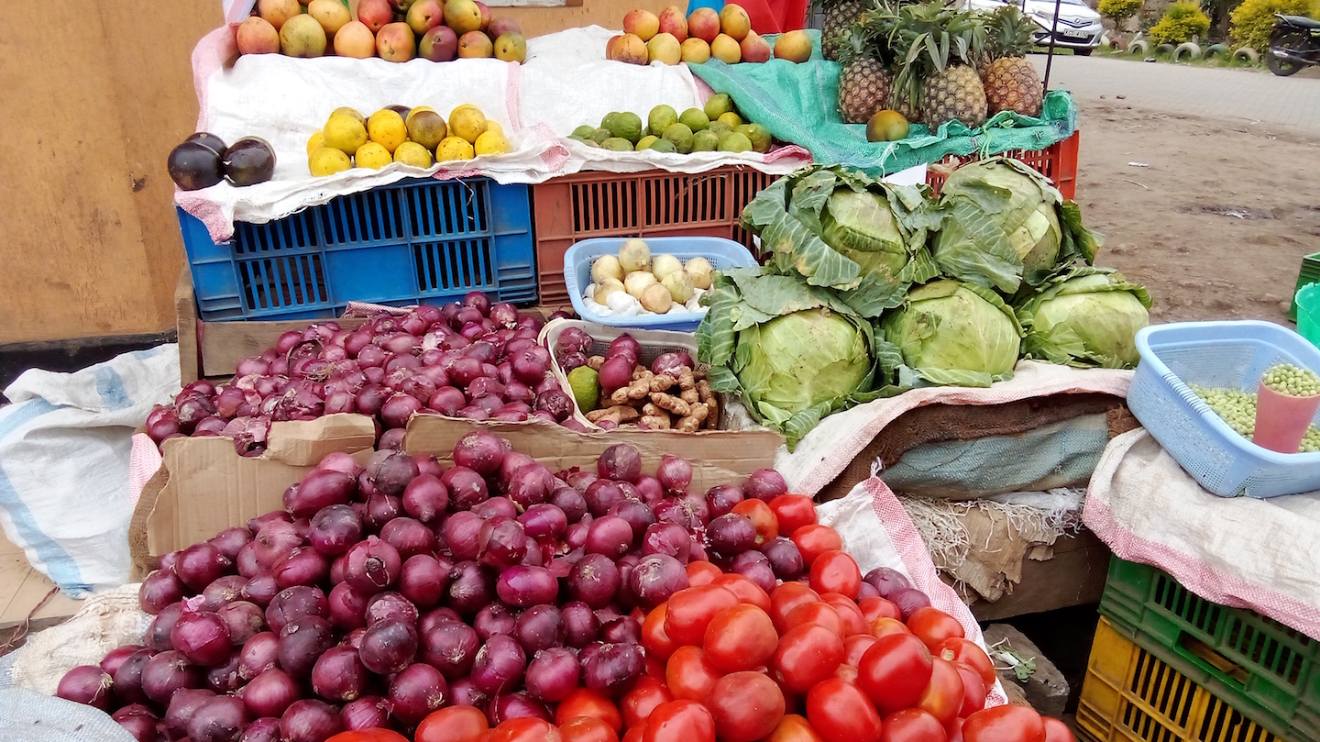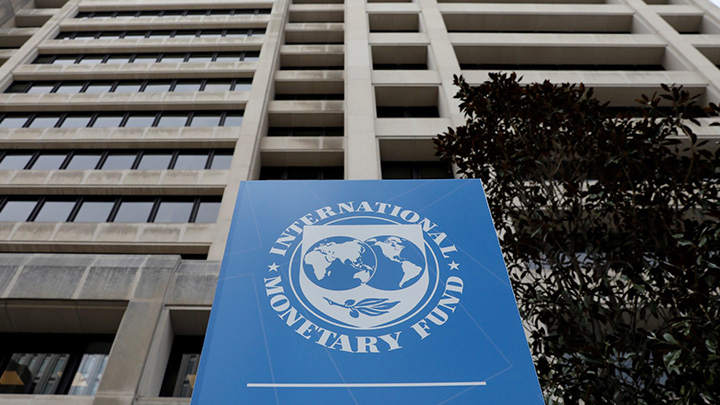Kenyans experienced a slight increase in the cost of living in May, with inflation rising to 5.1 per cent from 5 per cent in April.
This uptick comes after a three-month run of disinflation, a period where inflation rates were decreasing.
The Kenya National Bureau of Standards (KNBS) attributed the rise in inflation to pricier food items like spinach (18.2 per cent increase), kale (15 per cent), and potatoes (6.2 per cent).
However, some staples like sifted maize flour, fortified maize flour, and wheat flour saw price decreases of 3.2 per cent, 2.3 per cent, and 1.3 per cent, respectively.
"The 'Housing, Water, Electricity, Gas and Other Fuels' Index increased by 1.2 per cent...due to a rise in prices of 200 kWh and 50 kWh of electricity by 6.9 per cent and 5.5 per cent, respectively," the KNBS data revealed.
Read More
Transportation costs also inched up by 0.2 per cent despite a slight decrease in petrol and diesel prices.
This inflation uptick has been the first since January 2024 despite positive developments like improved rainfall patterns and a more stable Kenyan shilling.
However, other variables such as recent floods across the country or other global events may disrupt this trend.T
The current inflation rate remains within the government's target range of 2.5 to 7.5 per cent.
It is yet to be seen if the recent inflationary pressures will persist or if the positive factors will continue to mitigate them.



-1757663582.jpeg)

-1757586635.jpg)



